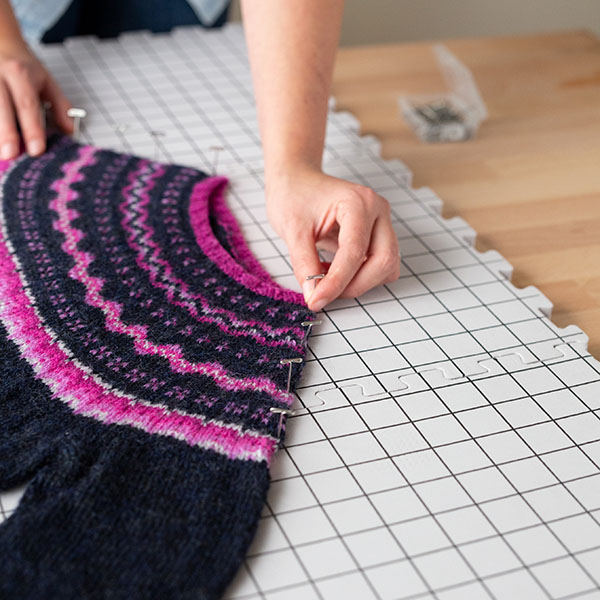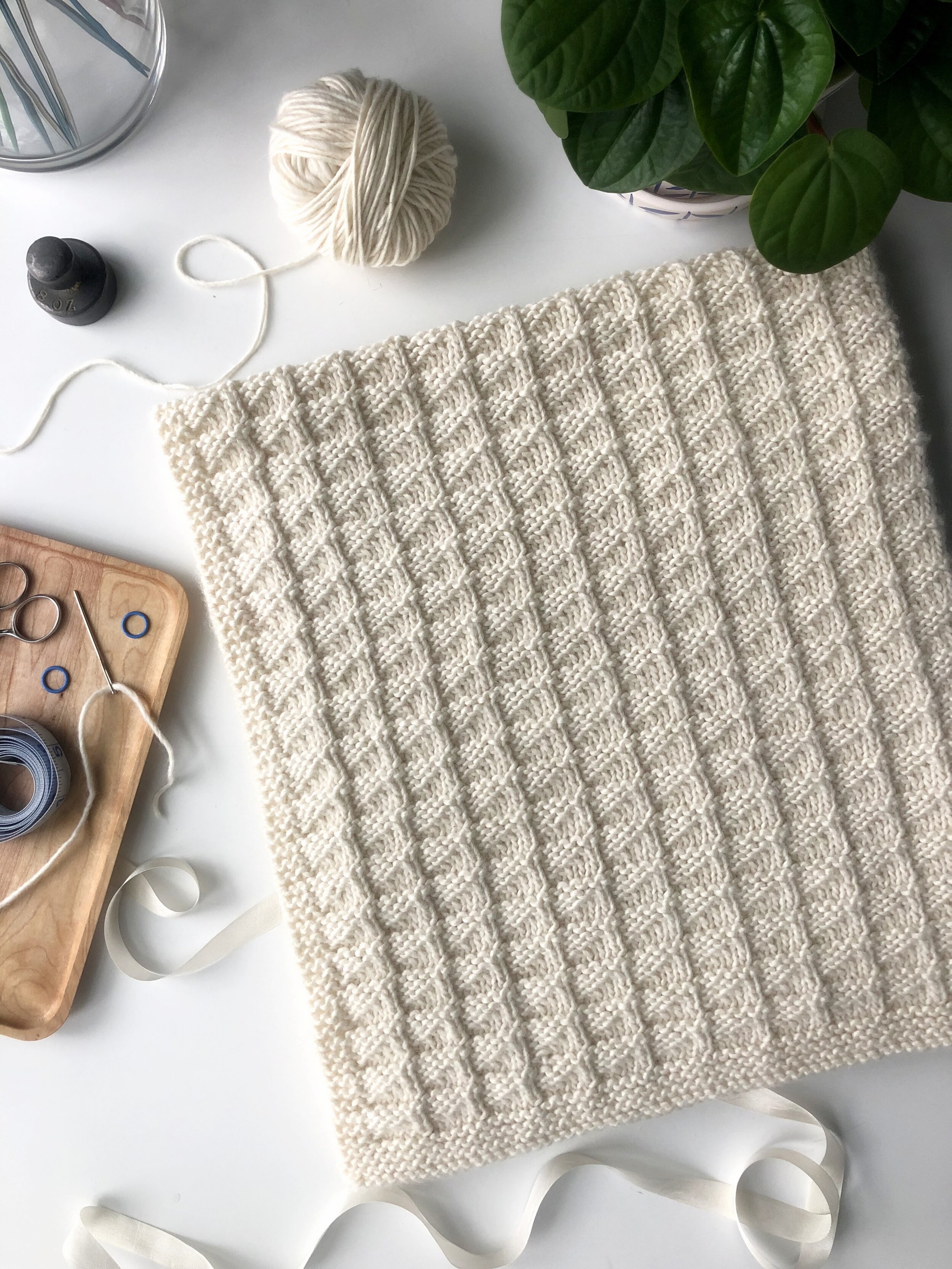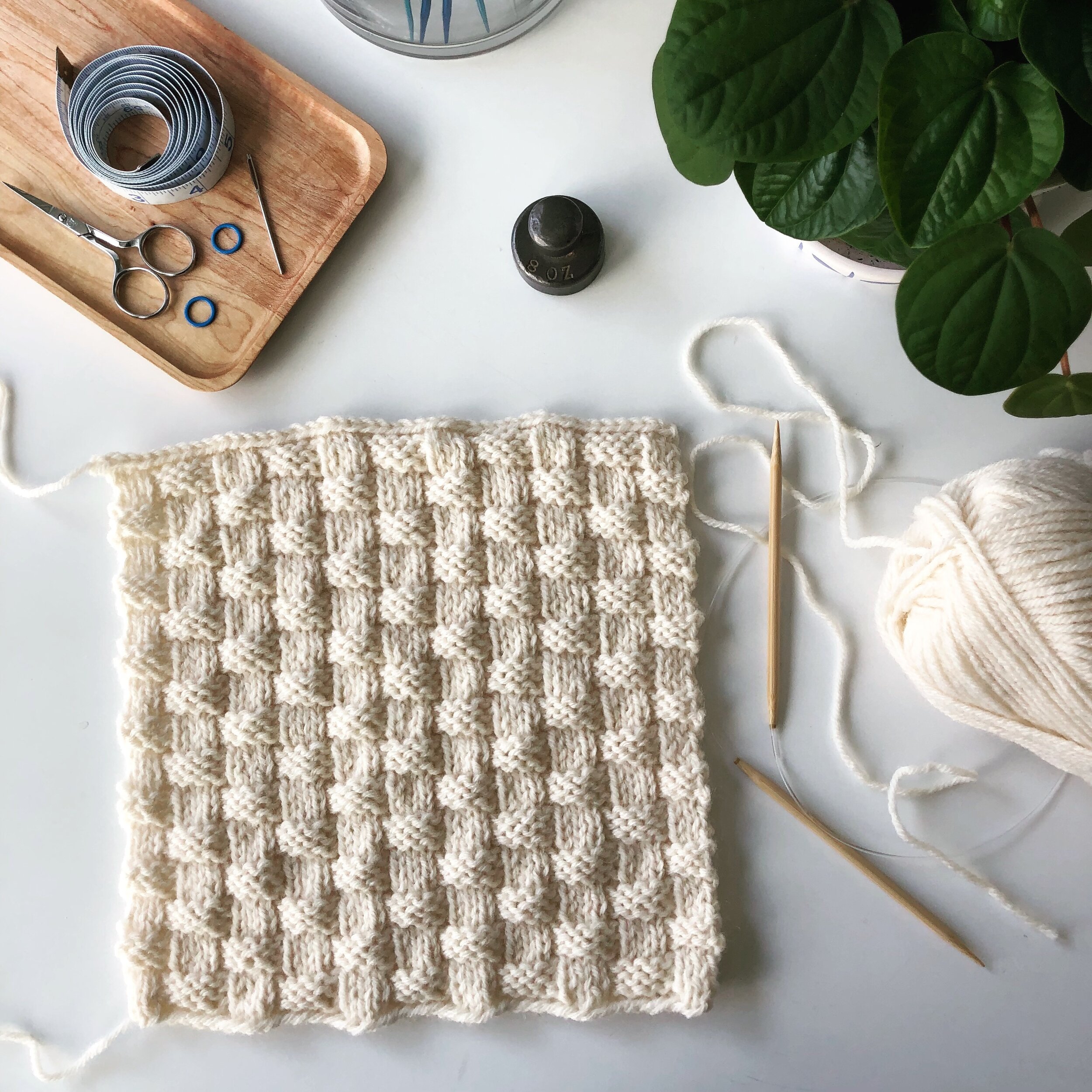How To Block A Knitted Project
How To Block A Knitted Project - Do not rub, twist, or wring a handknit. Creating the patches in different colours is also a great way to use up scraps of yarn leftover from other projects. Web how to block knitting. Web there are three main ways to block a knitting project: Blocking socks and hats is a little different, so we'll discuss that process below. Doing so may distort the stitches beyond correction. Web soak for about 5 minutes. Web click here to be inspired by more granny square project ideas. Lay the piece on a towel, gently shaping it into the form you want to have when finished. Web there are 3 methods of blocking: While your item is soaking, set up the surface that you will be using for blocking. Web hair dryer blocking involves wetting your knit item, laying it flat, pinning down its sides then using a hairdryer set at cool setting to fully evaporate any residual moisture. Blocking wires (not essential but nice, especially for. Web there are three main ways. Before blocking knitting, weave in all loose ends; Web do you block your knitting? Blocking socks and hats is a little different, so we'll discuss that process below. Wondering if your project really needs to be blocked? Web click here to be inspired by more granny square project ideas. How do you block knitting without mats? Web blocking is a method of stretching and shaping a finished knitted piece to reach the dimensions suggested in the pattern, to make two pieces that need to match the same size, or to make your stitches look nicer and more even. To start, you will need: Once you’ve finished knitting your blanket,. For knits in any brooklyn tweed yarn, use cold water for best results. Web there are three main ways to block a knitting project: Web first, fill a clean sink or basin with water. Web the three main techniques are wet blocking, steam blocking, and spray blocking. Should you block every project? Web how to block knitting in 7 steps: Web soak for about 5 minutes. Support the piece to avoid it sagging under its own weight. Pin the dry project to your blocking mat (the way i showed you above). Soak your knitted item in gentle wash per the yarn label instructions. The blocking process will help secure the ends in place. Different methods of blocking acrylic yarn. Before wet blocking anything, check its label for instructions to avoid causing any irreversible damages to it. Steam, wet and spray blocking. Web click here to be inspired by more granny square project ideas. There are four main ways that you can block your kitting: Read the care instructions on your label. Web blocking is a method of stretching and shaping a finished knitted piece to reach the dimensions suggested in the pattern, to make two pieces that need to match the same size, or to make your stitches look nicer and more even.. A yarn label should offer care instructions that. But even if your yarn reacts in water, using a steamer to block your knitting can be advantageous for multiple reasons (see below). Doing so may distort the stitches beyond correction. Web hair dryer blocking involves wetting your knit item, laying it flat, pinning down its sides then using a hairdryer set. Web blocking generally follows three simple steps: Add a small amount of gentle soap, rinseless wool wash, or tuft woolens wool soap to the soaking water. Creating the patches in different colours is also a great way to use up scraps of yarn leftover from other projects. Web how do i block my knitting? See before & after photos of. Web hair dryer blocking involves wetting your knit item, laying it flat, pinning down its sides then using a hairdryer set at cool setting to fully evaporate any residual moisture. Blocking a finished knitting project makes a big difference in the appearance! How do you block knitting without mats? Support the piece to avoid it sagging under its own weight.. Web there are a few techniques for accomplishing this, including mist blocking, wet blocking, and steam blocking (outlined below). Carefully lift the piece out of the water onto a towel. Before blocking knitting, weave in all loose ends; Web the whys & hows of blocking for all knitting projects. Web how to block knitting projects: Whether you're using a bathtub, a sink, a bucket, or some other container, make sure to fill it with just enough water to fully submerge your knitting project. What you'll need to know. A patchwork crochet cardigan is a great opportunity to experiment with block colours, as demonstrated by @beautifulcrochetstuff on instagram. 88k views 7 years ago learning about yarn. If you’re using the knitter’s block, configure the tiles to accommodate your knitted item. Web first, fill a clean sink or basin with water. Should you block every project? Creating the patches in different colours is also a great way to use up scraps of yarn leftover from other projects. Wondering if your project really needs to be blocked? To start, you will need: Drain the water and rinse until water runs clear.
Tutorial Blocking Knits KnitPicks Staff Knitting Blog

a close up of a knitted rug on the ground with a tape and scissors

How to Block Knitting Blocking a Hand Knit Blanket Tutorial Final

How to Block Knitting Blocking a Hand Knit Blanket Tutorial Final

3 Things Blocking Knits Can Fix (and 3 Things It Can’t) Knitting

all about blocking crochet and knits Diy crochet and knitting

How to Block Crochet with Easy DIY Blocking Board
How to Block Squares for Traveling Afghan Knitting Project Lion Brand

How to Block Knitting YouTube

How to Block 100 Acrylic Yarn The Best Way for Knit + Crochet YouTube
Web Soak For About 5 Minutes.
This Guide Can Be Used To Wet Block Knitwear Such As Jumpers, Cardigans, Scarves, Shawls, And So On.
Here’s A Quick Summary Of How Each Method Works.
Web The Three Main Techniques Are Wet Blocking, Steam Blocking, And Spray Blocking.
Related Post:
